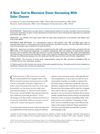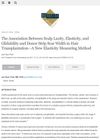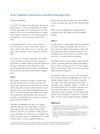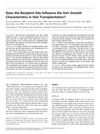Association Between Scalp Laxity, Elasticity, and Glidability and Donor Strip Scar Width in Hair Transplantation and a New Elasticity Measuring Method
December 2016
in “
Dermatologic Surgery
”
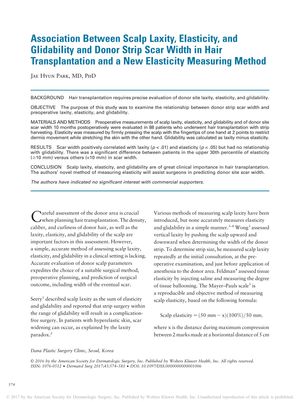
TLDR Higher scalp elasticity leads to wider scars after hair transplantation; a new method to measure elasticity may help predict scar size.
The study, conducted on 88 patients, found that scalp laxity and elasticity were significantly correlated with the width of donor strip scars following hair transplantation, with higher elasticity (≥10 mm) leading to significantly wider scars. Glidability, however, was not correlated with scar width. The research introduced a new method for measuring scalp elasticity and suggested its usefulness in predicting scar width at the donor site. Additionally, the study noted that men had higher values of laxity, elasticity, and glidability than women, but no significant age-related differences were observed. The findings underscore the importance of considering scalp characteristics in hair transplantation and indicate that patients with hyperelastic skin may be more prone to scar widening, regardless of closure technique, necessitating further research on scar prevention in this group.
